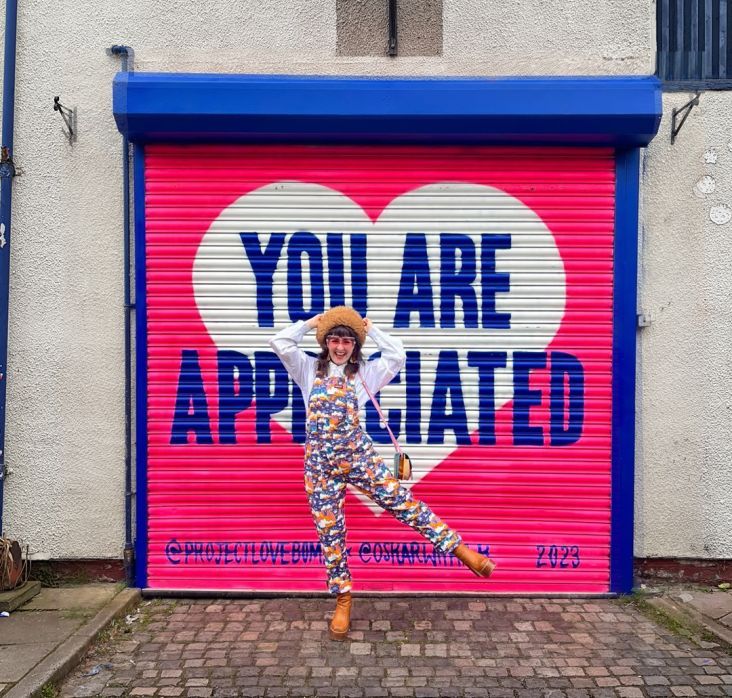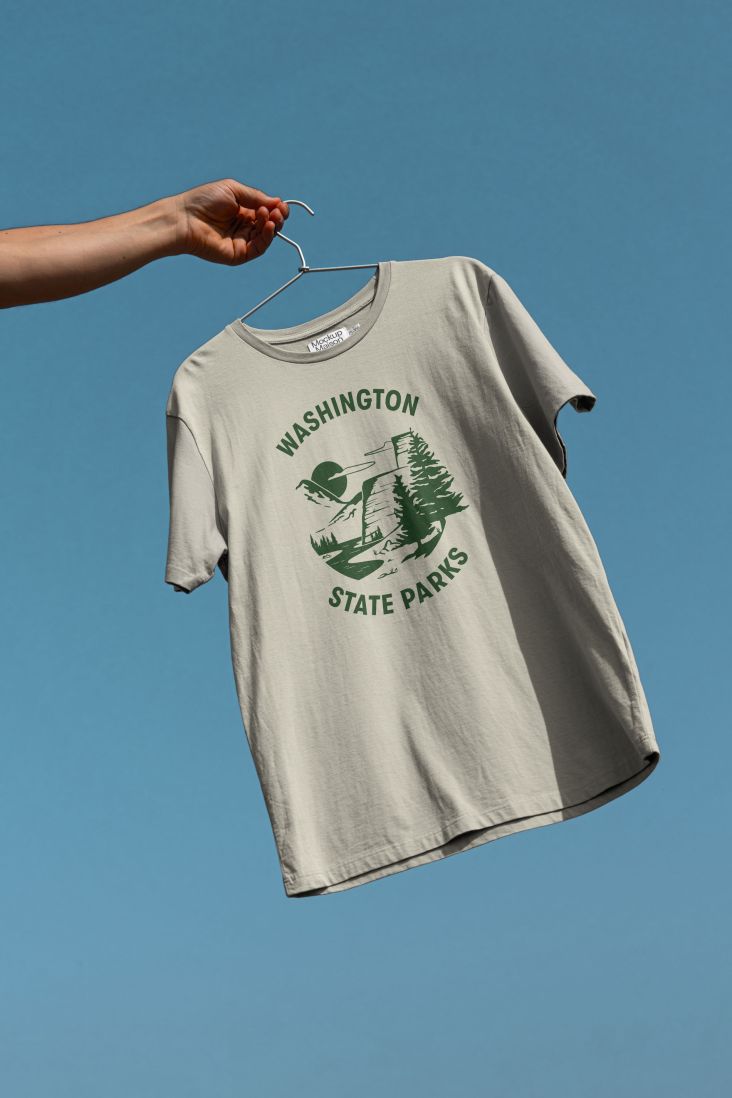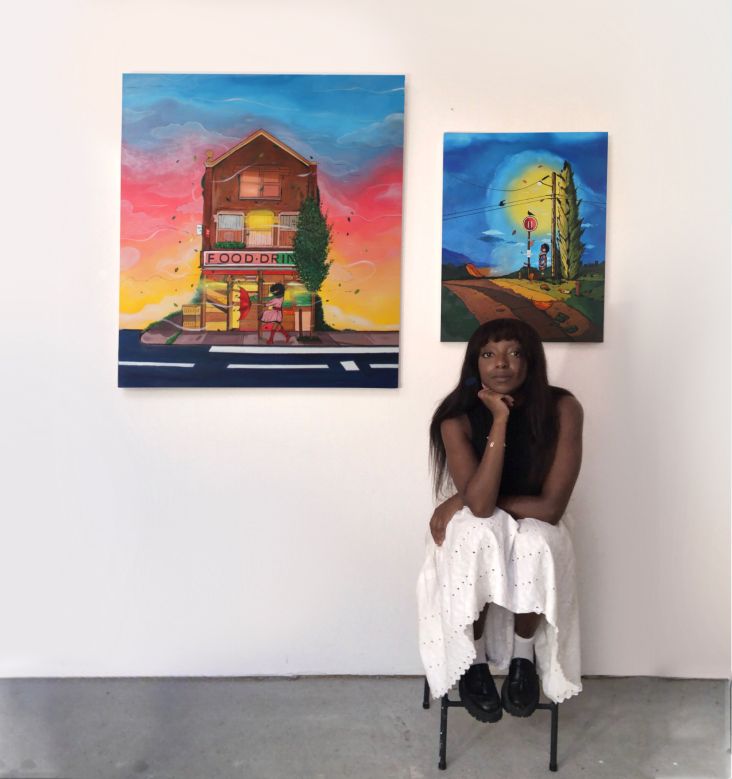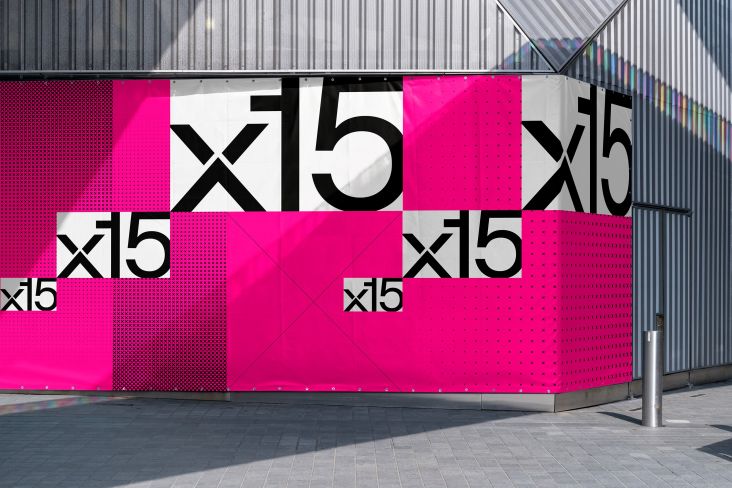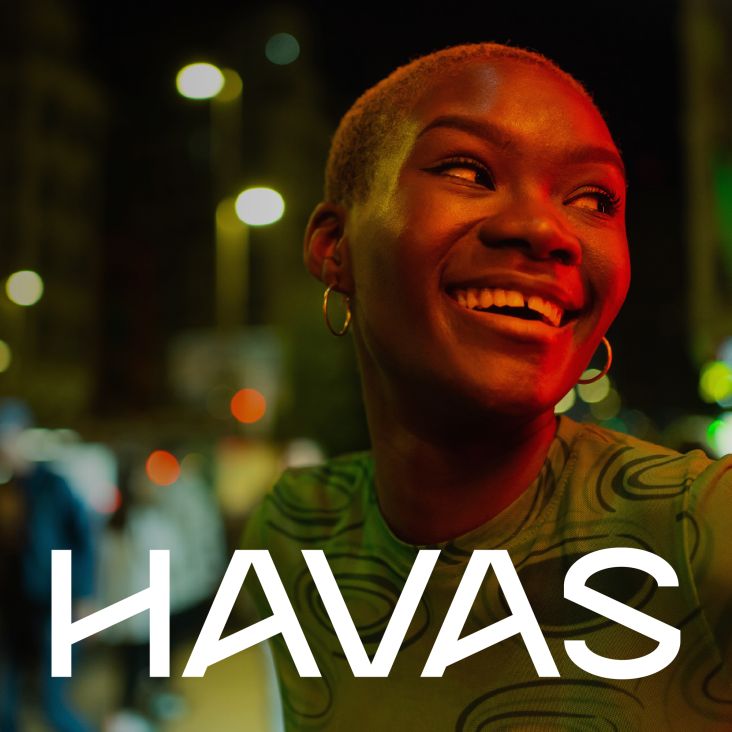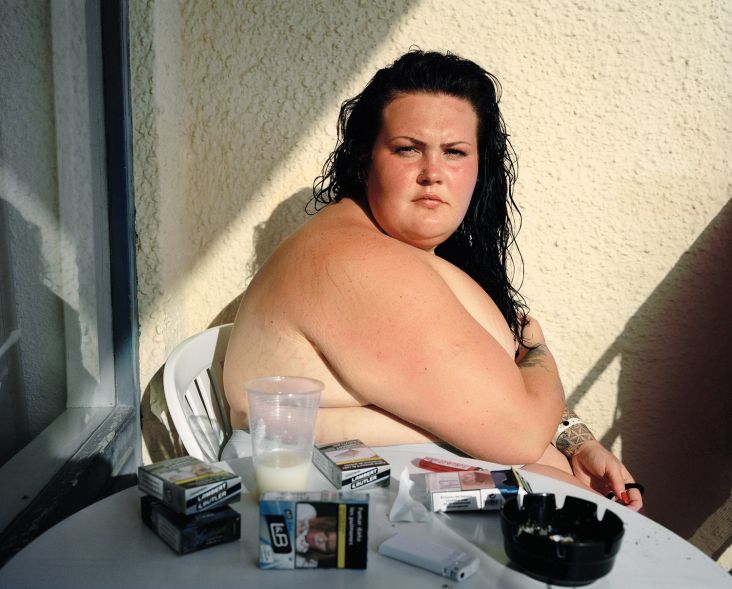BikeLife: Matthew Joseph captures the humanity of a misinterpreted underground movement
London-based photographer Matthew Joseph has been busy capturing the hidden side of New York and Baltimore's BikeLife in his latest series. We caught up with him to learn more about how it was made, the people it portrays, and why BikeLife is poised to be the next big thing.
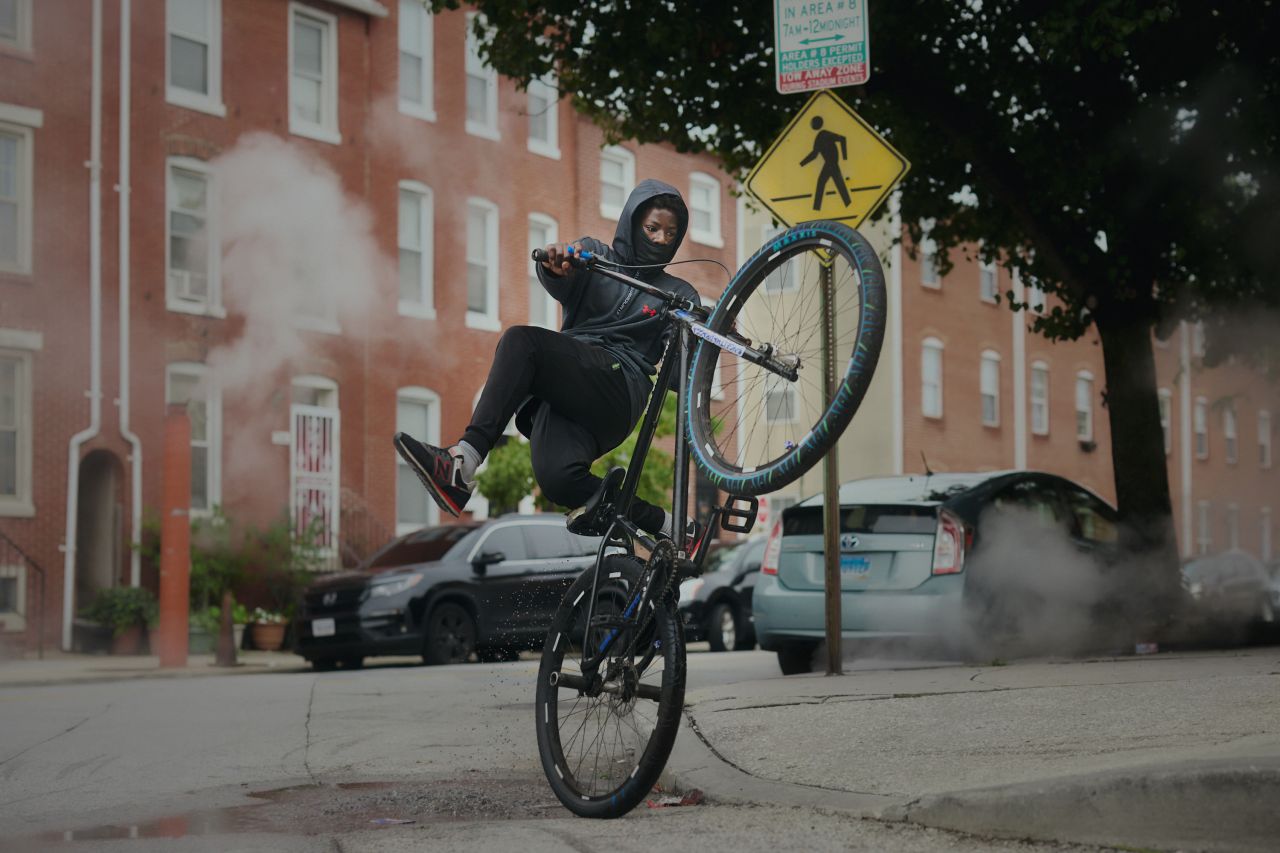
It all started with a flight. While travelling to a job last year, photographer Matthew Joseph was recommended the film Charm City Kings by the creative director he was working with. Telling the story of the dark and complex street culture of dirt-bike racing in Baltimore, Charm City King immediately spoke to Matthew, and his understanding of that world snowballed from there.
"I was naturally drawn more to the cycling, push-bike, side of the BikeLife culture," he tells Creative Boom. "I've always been obsessed with humans and sub-cultures, especially if they're a far cry from my personal upbringing." He is always drawn to how others live their lives, so Matthew's desire to tell people about bike life took him to New York and Baltimore, where he quickly immersed himself in the scene.
"It's the most 'documentary' my work ever gets, but I've realised more recently that true, human stories are the height of 'authenticity', which is the buzzword of so many of my briefs as a commercial photographer.
"It was only upon finishing the project that I had a kind of epiphany and realised that push-bikes have been a part of my DNA throughout my life. I started to see similar traits in my thoughts on what the 'bike' really is and what it gives you. Even though we're from totally different places and I've never been wheely-ing down one-way streets against the traffic in a ski mask, there is still lots I connect to."
To track down the subjects of his photo series and short film, Matthew began by taking to Instagram. "It's a long process, but after you go down a few rabbit holes, you realise what a network there is," he reveals. "Bikelife lives on Instagram, it's a huge part of the culture, so I initially targeted one individual who seemed a lot more professional and serious in his approach. I thought he may be more up for a conversation."
This person was Emmanuel. Described by Matthew as super warm and helpful. He would go on to introduce the photographer to more people in the scene once trust was established. "This trust is a two-way thing," says Matthew. "I'm a big fan of both parties' winning' from such collaborations, and I'm keen to emphasise that from the start. I'm not here to take advantage of anyone."
Having navigated the sometimes tricky world of social media, it wasn't long until Matthew was on the ground in the US and meeting and shooting members of the BikeLife community. This was when opportunities for capturing amazing images presented themselves. "There's nothing like being there on the ground to get the scoop on what's happening with who, to be introduced there and then to someone else, to be invited out on a ride-out later that week."
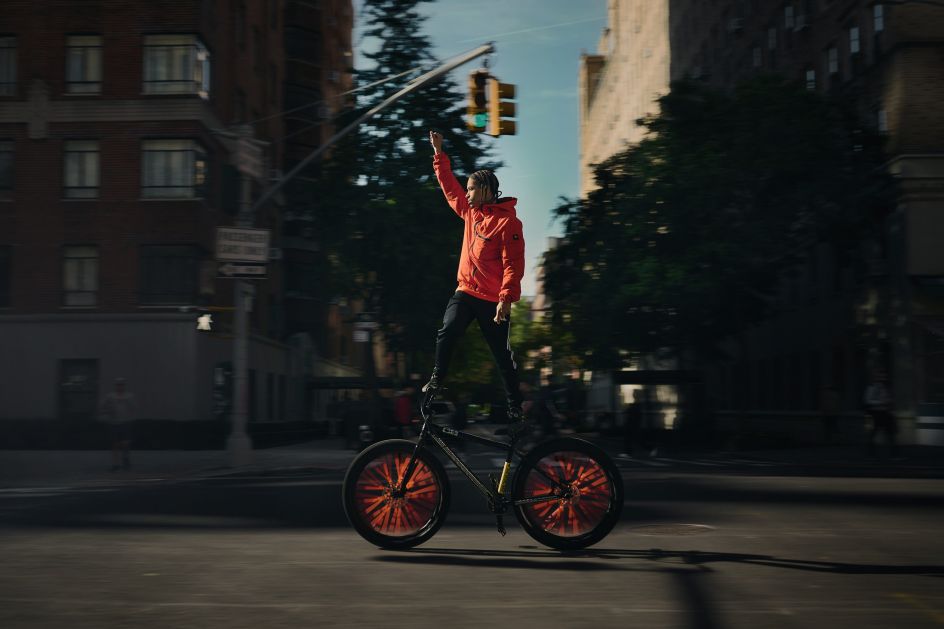
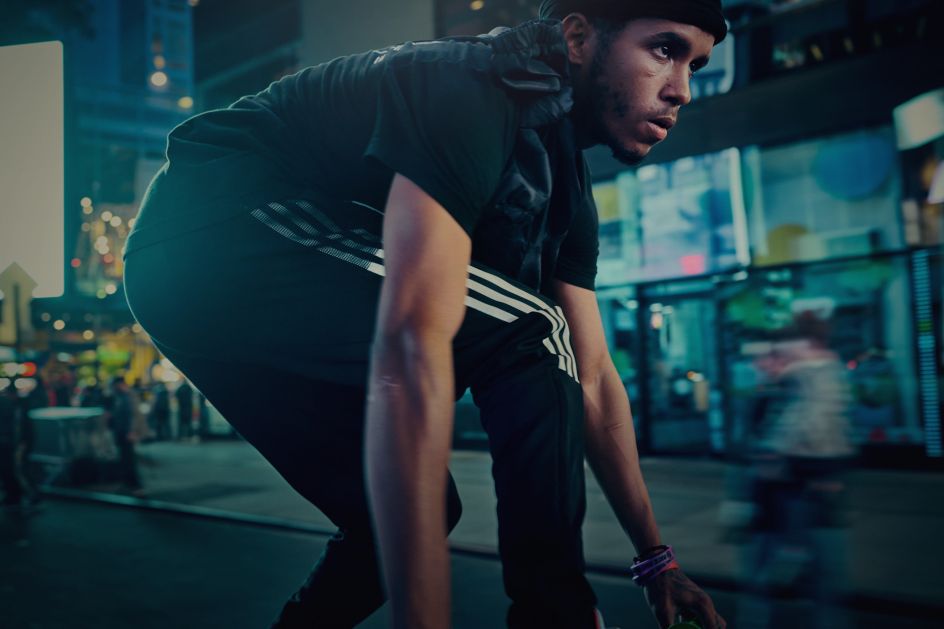
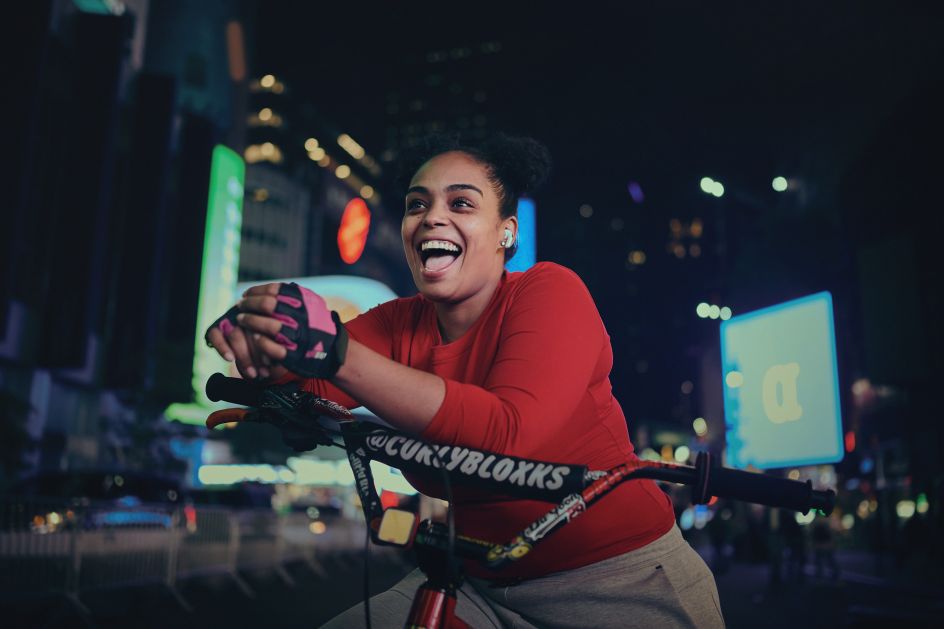
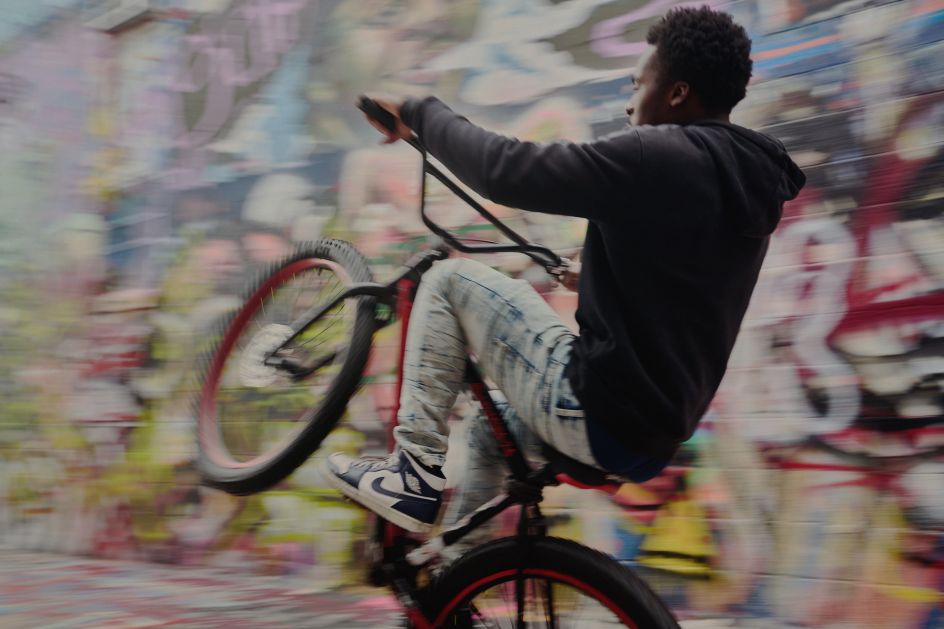
As with any subculture, BikeLife has been misrepresented. And as for Matthew, the vastness and inclusivity of the community came as something of a surprise. "The scene has a certain reputation and look, largely linked with an almost mob-like mentality, gathering in large numbers, breaking the rules, that sort of thing," he says.
Getting invited to a ride-out changed all that for him. Having encountered them from the outside in London, Matthew's opinion changed when he found himself in the thick of the action. The mixture of riders from all walks of life served as a poignant reminder that underneath everything, this was a group of people united by a simple love of bikes.
"This shouldn't really surprise me too much, I suppose, as after years of shooting humans around the world and diving into subcultures, it's really the main common thread," he explains. "Most people are great. Most people are nice, and if you're not posing a threat to anyone and you're there with positive curiosity, you're generally welcome. You are more than welcome sometimes!
"A camera does afford that privilege, though, and I also realise being white and British sometimes adds a certain 'lack of threat'. I try to remember that and not take it for granted."
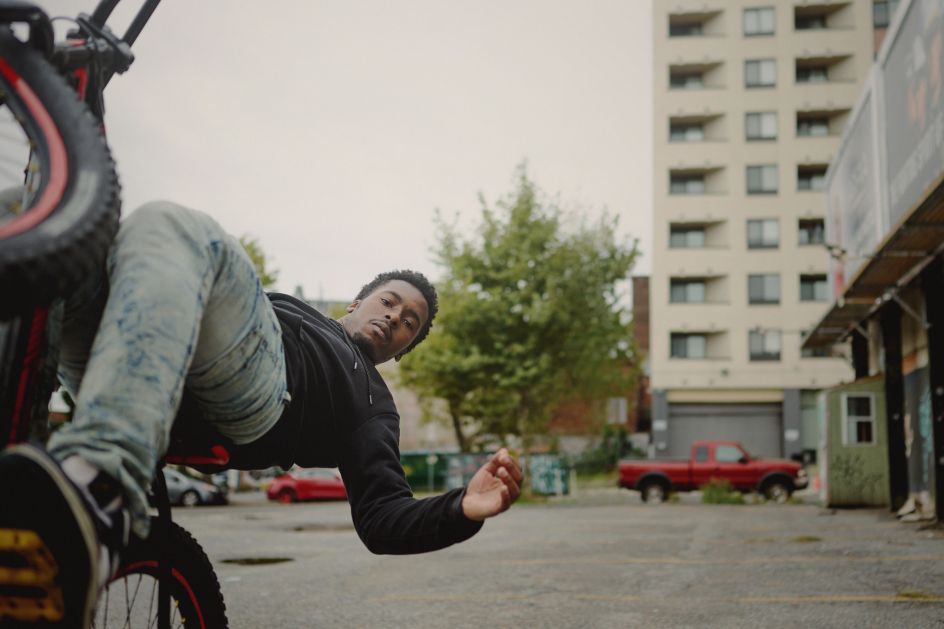
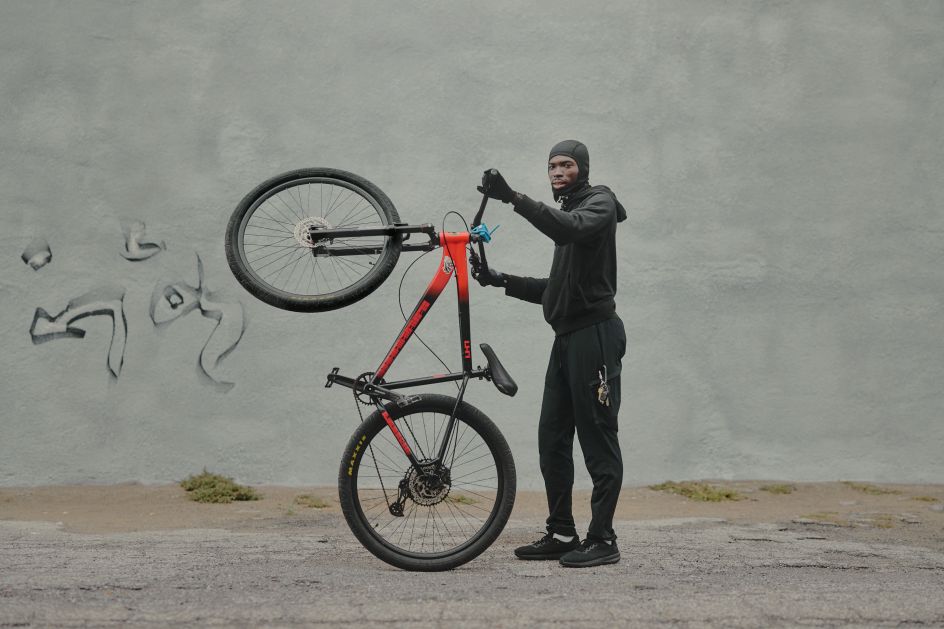
As with any group, Matthew agrees that BikeLife has its bad apples. This has led to the public regarding the scene with a cool attitude, but Matthew stresses that they do not represent the community as a whole.
"There's a pack-like mentality which gives riders a sense of security on the streets of cities, but to those who've been there for years already - drivers, pedestrians etc - they feel intimidated," he says. "I get it. I've been that driver in London and that pedestrian in NYC; it's quite easy to feel threatened when the big ride-outs happen.
"But hearing the points of view from the riders opens things up a lot. Curly speaks passionately about this stating that they're not welcome to ride on sidewalks, not welcome in the parks; they see it as a right to ride a bike without conviction. So if they're not given that space, they will create it themselves!
"They just want to ride, improve, push themselves, build a community. But it just takes one bad thing to happen, someone getting hit by a trick going wrong, someone getting carried away in the fanfare and shoplifting or vandalising, for the reputation to be shattered. Maine, in Baltimore, puts it so sweetly in his film: 'People don't know us, they just see us'. People will always judge, but the BikeLife riders need to do their part to build a more positive reputation too. It takes effort from both sides!"
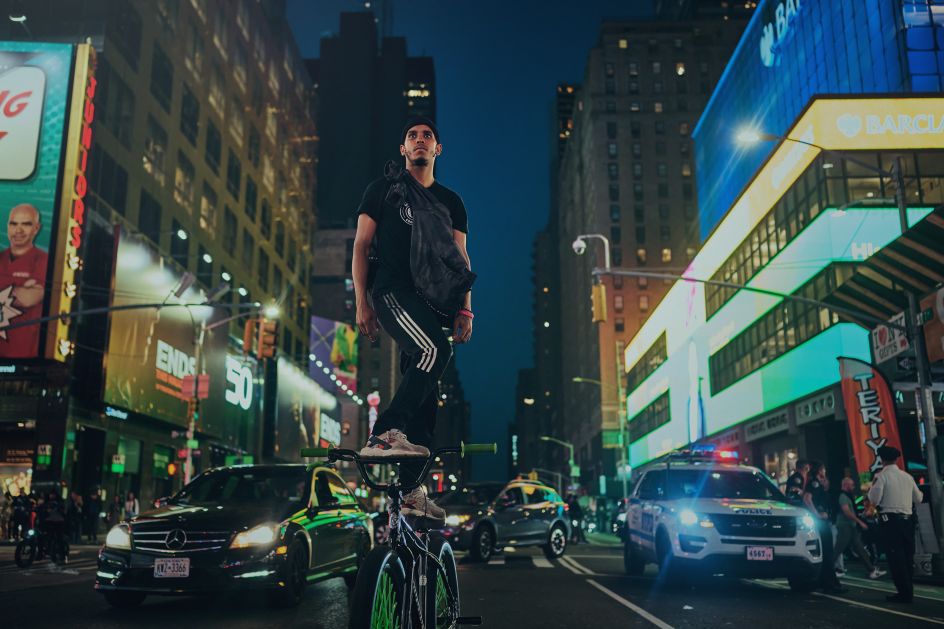
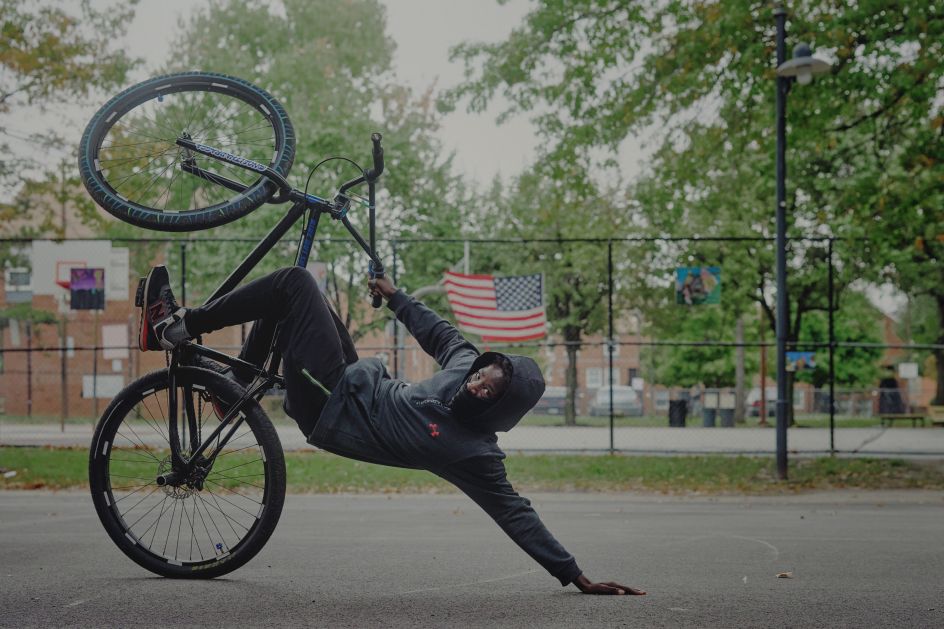
Challenging preconceptions is a common thread in Matthew's work, as seen in his previous project, JUMP. BikeLife was no exception. In it, he wanted to capture his own personal version of an event. "I have a passion for highlighting the remarkable within what's perceived as mundane, and I also love making heroes out of people and championing them," he says.
"This was why the photo and videos with the real riders' voiceovers were important for this project; I wanted to humanise them to the wider world. If the public can understand why they ride a bike and what they try to do with it, I feel it will help.
"It's always the case; curiosity trumps judgement every time. Be more curious. Talk to these individuals, and you'll learn something. For many of the people I met, the freedom and potential opportunities a bike can grant them is often their only way out of a bad situation they were potentially born into through no fault of their own."
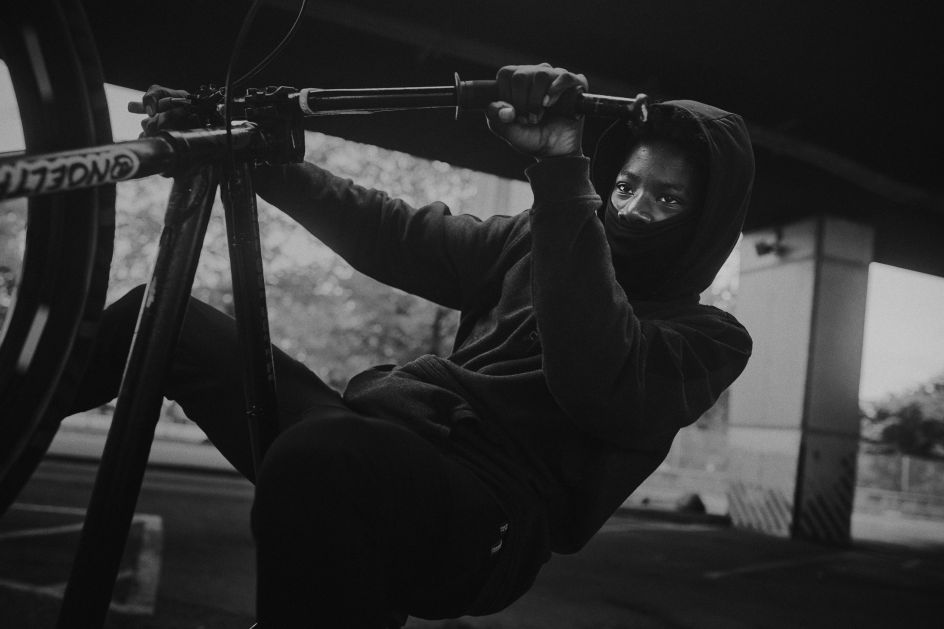
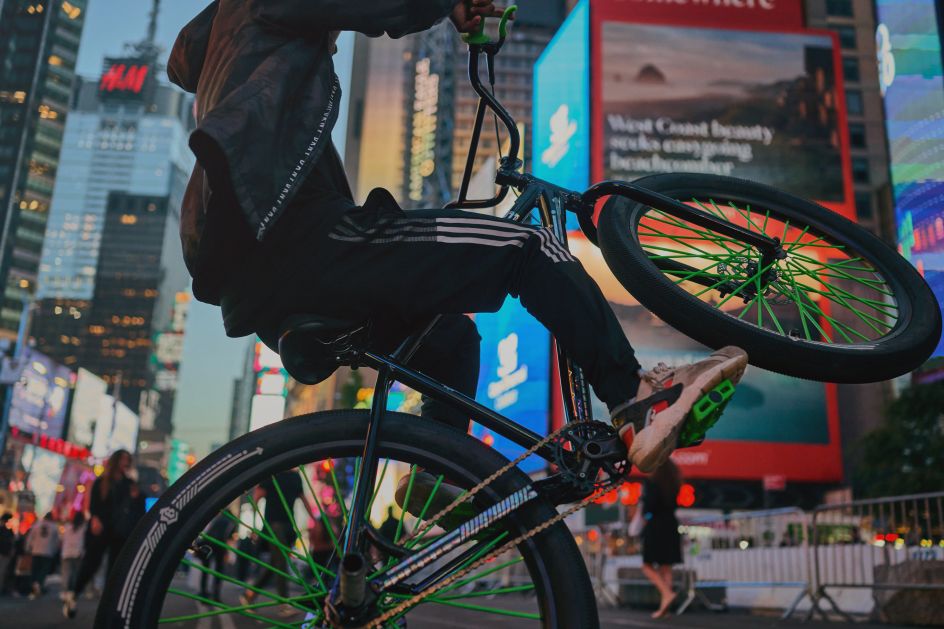
When capturing the images for BikeLife, Matthew went in with a plan but also had to allow for spontaneity and fun. "It all changes constantly, and I love that," he says. "Especially when you don't have the option of shutting down streets and stopping traffic, adjusting lighting and shooting take after take; the limitations of working with humans (spontaneous ones at that) in busy cities breed the creativity."
For this shoot, Matthew would generally meet a rider at a pre-arranged time and place, with sessions taking anywhere between an hour or just ten minutes. "A big challenge for shooting this beyond access to people and places was the logistics of remaining mobile. I made the most of the improved bike, e-bike and e-scooter rental services popping up across the States. Also, I sometimes rode on the back of riders' bikes, and at one point, I hard-haggled a rickshaw driver until my cash ran out for one challenging shoot where I dodged traffic in Times Square."
The audio accompanying these profiles was fewer interviews and more conversations caught on a phone. This led to Matthew having to get clever in the edit in order to make the sound clear. "It was almost like I was producing a track, harking back to my music production days. I didn't want kit and crew getting in the way of anything, so I'd rather an imperfect recording of an authentic conversation."
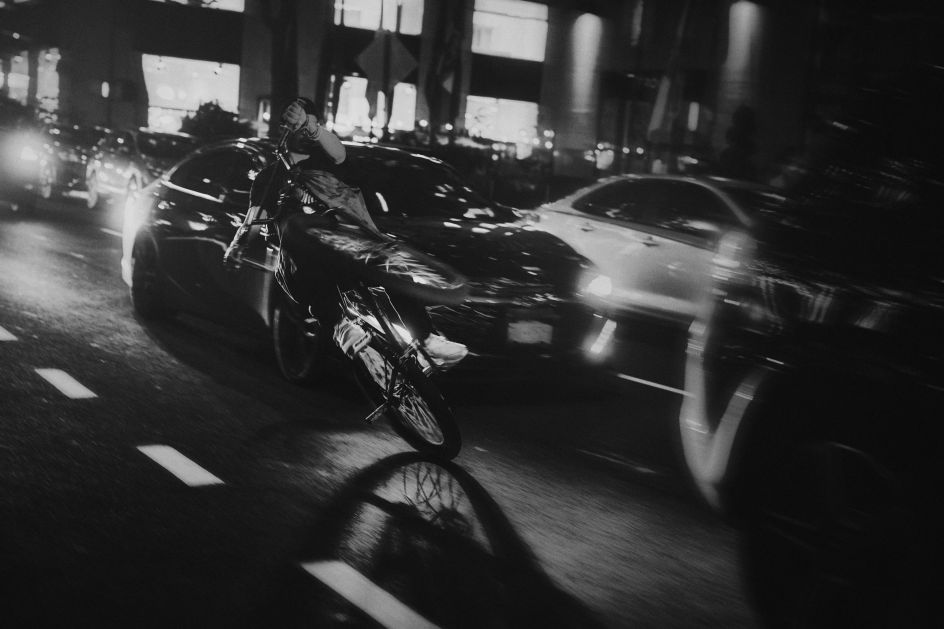

The result is an inspirational series of photographs that captures the passion of a community. It also let impacted Matthew himself as he grew to understand the bigger potential of BikeLife. He now feels that it is on the cusp of becoming something much bigger than purely a street subculture.
"You never know with these things, but the dedication some of these people are putting into the sport, the movement, the positive cultural impact and the fact that bikes are being ridden more and more, I don't know, it just fills me with positivity," he concludes. "The bike is giving people hope and freedom, and for some, opportunity to build a future."
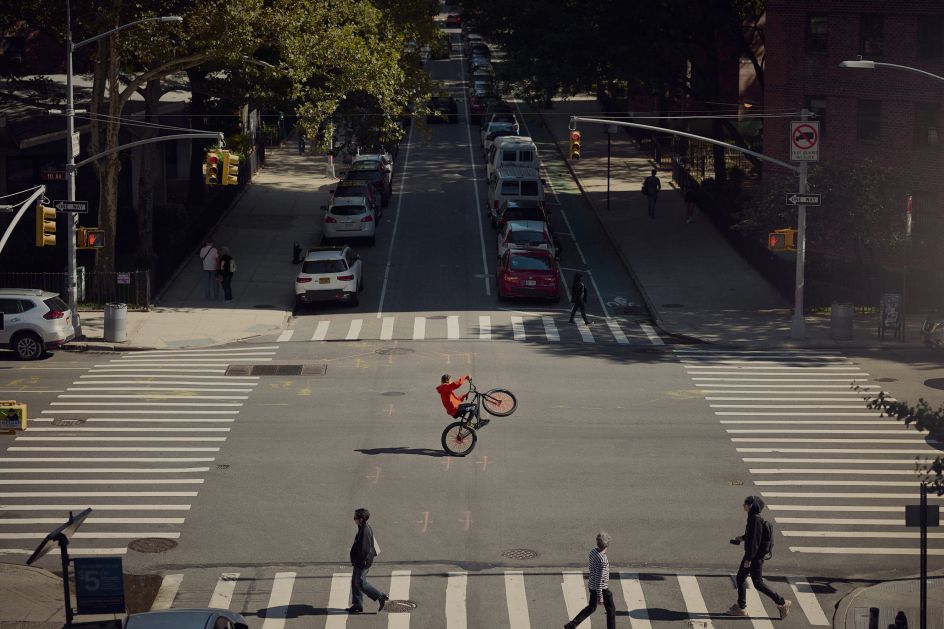




 by Tüpokompanii](https://www.creativeboom.com/upload/articles/58/58684538770fb5b428dc1882f7a732f153500153_732.jpg)


 using <a href="https://www.ohnotype.co/fonts/obviously" target="_blank">Obviously</a> by Oh No Type Co., Art Director, Brand & Creative—Spotify](https://www.creativeboom.com/upload/articles/6e/6ed31eddc26fa563f213fc76d6993dab9231ffe4_732.jpg)









